Inverters of the past simply fed solar power into the grid. Inverters of the future are required to instead dynamically work with the grid to increase its resilience, reliability, safety and security.
‘Smart inverters’ are a more sophisticated version of power electronics that can make autonomous decisions to keep the grid stable and reliable as more distributed energy resources come online. Instead of just feeding power into the grid, smart inverters are capable of having two-way communication with it. Thanks to advanced software, smart inverters can perform specific grid-supportive functionalities related to voltage, frequency, communications and controls, according to IREC’s “Primer on Adopting the New IEEE 1547TM-2018 Standard for Distributed Energy Resources.”
“The primary difference is that smart inverters are programmed to respond to the grid in an automated way such that they not only react when the grid shuts down, but also provide grid supportive functionalities,” said Sara Baldwin, VP of regulatory at IREC. She said the transition to smart inverters is like moving from flip phone to smartphone.
Inverters without these smarts simply shut down after sensing any grid disturbance — a voltage or frequency fluctuation — even if that fluctuation was small and inconsequential.
“The reason why that’s bad is that it causes this sort of whipsaw effect on the power grid where a small disturbance that causes the inverters to trip off can actually make the problem worse in terms of creating more grid disturbance,” said Tom Tansy, chairman of the SunSpec Alliance, a group that helped to develop the updated IEEE standard.
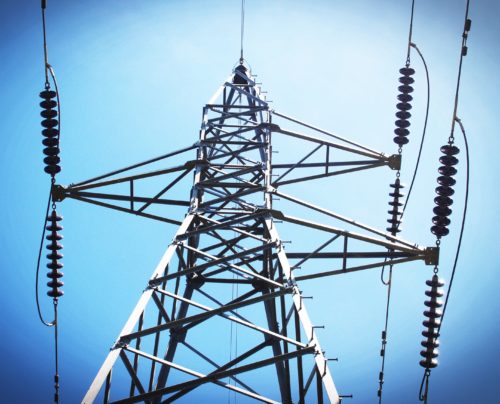 The key to a stable grid is consistent voltage and frequency. Too many tripping inverters on the grid can cause instabilities like voltage fluctuations that lead to blackouts or brownouts. An everyday example of the effects of voltage fluctuation is when you turn on a high-voltage appliance, like a vacuum, and the lights in your home flicker.
The key to a stable grid is consistent voltage and frequency. Too many tripping inverters on the grid can cause instabilities like voltage fluctuations that lead to blackouts or brownouts. An everyday example of the effects of voltage fluctuation is when you turn on a high-voltage appliance, like a vacuum, and the lights in your home flicker.
To avoid harmful voltage fluctuations to the grid due to solar power, smart inverters can ride-through small disturbances (for example, voltage changes), meaning they can switch into standby mode and observe how long the disturbance takes place, then turn off only if the disturbance lasts too long.
“If it takes place longer than the specified time, then yes it’ll turn off. But if the grid corrects itself in the intervening time frame, it’ll just keep on going,” Tansy said.
The proliferation of smart inverters could expand the possible size of the solar market in a big way. Individual distributed energy resources (DERs) will now come equipped with grid-support functionality, so they will be more of an asset to the grid than a burden.
“They’re enabling us to go beyond what was previously conceived to be limits and enabling states to do what California is aiming at doing, which is 100% clean energy,” said Glenna Wiseman, director of the SunSpec Alliance.
Along with communicating with the grid, smart inverters also communicate with the different parts of an individual array. Smart inverters use data communication to comply with Rule 21 rapid shutdown requirements. The communication between the inverter and the rest of the system along the DC power lines allows fire personnel to easily de-energize a home’s solar system in case of an emergency.
The standard
The 2018 update of the IEEE Standard 1547 was released last April, with the full rollout set for 2022. But most manufacturers have been developing smart inverters since the introduction of Rule 21 in 2017, said Tansy. A few examples of smart inverter manufacturers are ABB, SMA, Fronius and Delta.
Early adopter solar states California and Hawaii also initiated smart inverter requirements even before the IEEE required it because of the large amount of DERs already feeding into their utility grids.
State regulators will be in charge of implementing the new standard at the state level, in conjunction with utilities that will integrate the standards into interconnection protocols, according to IREC. The solar industry, technology manufacturers, state and federal agencies as well as national laboratories and advocates will also help with the transition to smart inverters.
Baldwin said the issue of legacy systems built with older inverters is a frequent topic of conversations around the updated standard. She doesn’t think these systems will be a problem in most markets, and expects that older inverters will only be swapped for smart inverters when it comes time for replacement.
“However, as the functions of the new inverters are adopted and as they roll out more widely in the system, there may be situations that require older inverters to be either swapped out more quickly or to give an incentive to folks to swap them out, but I am not seeing that happen yet,” Baldwin said.
Software is key to smarts
Enphase is one inverter company that has worked to evolve quickly when it comes to smart inverter technology. Co-founder Raghu Belur said the team realized that inverters can’t just be “a dumb box that sits attached to the grid. You have to think about integration. And the only way to get to integration is by having an inverter that’s software-defined.”
Over the past five years, Enphase has been developing more sophisticated smart inverter solutions. Its most advanced microinverter is the yet-to-be-released IQ8. This so-called ‘software-defined’ inverter not only has all the required attributes of smart inverters, it takes smart a step further by being able to isolate from the grid and form a mini microgrid even without a battery. If a blackout or brownout occurs when the sun is shining, the IQ8 will isolate from the grid and continue powering crucial appliances and tools. Customers can also choose to add storage to these systems, which would mean continuous power even if the sun isn’t shining. The IQ8 uses Enphase’s new software Ensemble to make this inverter feat possible.
Belur said developing increasingly advanced software will keep the industry evolving along with the grid and enable greater solar deployment. But he said this transition won’t come without some growing pains.
“For the last 10 years, a lot of dumb boxes have been installed out there that are not connected and that are not capable of being modified with software. We have had a contrarian view of that from the beginning, and now it’s becoming more mainstream,” Belur said.
Baldwin said smart inverters are a crucial tool in the proliferation of microgrids, which are increasingly important tools for keeping power on during frequent natural disasters and weather events. The updated standard gives special exemptions to DERs in microgrids, also known as intentional islands, that allow them to disconnect from the grid and form an island as long as certain power balance criteria are met, according to IREC.
“The IEEE Standard 2018 update does address microgrids in a more proactive way, which is the first time we’ve seen that in a national standard,” Baldwin said. “I expect there to be much more evolution on that topic going forward and it’ll be an exciting space to take a closer look at.”
Fluid definition
 The current required capabilities of smart inverters are outlined in the new standard, but that doesn’t mean it will remain the definition of smart inverters forever. Hybrid inverters connected to batteries add another level of brains to inverter capabilities. If the smart inverter determines it must disconnect from the grid, it can then self-supply power to the home, keeping crucial appliances like refrigerators and dialysis machines running.
The current required capabilities of smart inverters are outlined in the new standard, but that doesn’t mean it will remain the definition of smart inverters forever. Hybrid inverters connected to batteries add another level of brains to inverter capabilities. If the smart inverter determines it must disconnect from the grid, it can then self-supply power to the home, keeping crucial appliances like refrigerators and dialysis machines running.
“I think over time the definition probably will be adapted to say that if you can support batteries and PV simultaneously and you support autonomous functions and data communication, well that makes you the smart inverter 2.0, or something like that,” Tansy said.
Another emerging concept made possible by smart inverters is system aggregation into a virtual power plant. Aggregation is still in its early stages and not deployed on a wide scale yet, but Baldwin thinks it will be a crucial technique as more DERs are deployed.
“The notion of a virtual power plant is that instead of having lots of little kilowatts here and there that can’t be synchronized or controlled collectively, you have a fleet of DERs that you are able to utilize as needed to respond to real-time grid conditions,” Baldwin said.
Aggregating systems using smart inverters and advanced communication technology would create a more predictable and controllable fleet of DERs and enable the smooth transition to a smart grid with as many solar systems connected as possible.
The one downside to these advanced inverter communications is increased cybersecurity risk. Tansy said the U.S. power grid is evolving from a relatively small Datacom network with few points on the grid where it could be attacked — also known as the attack surface — to one where every distributed energy source is communicating with the grid. This greatly increases the size of the network and the size of the attack surface.
SunSpec is working with Sandia National Laboratories on standards to ensure that cybersecurity risk is minimized as inverters and the grid get smarter.
Policy opportunities
Smart inverters could change the conversation around incentives for feeding power back into the grid. As grid-tied solar becomes more helpful than harmful to the grid thanks to inverter advancements, the possibilities of net metering or other incentive programs could open up in places that phased out incentives or never had them before.
Baldwin said many policy opportunities for smart inverters revolve around reframing DERs as an optimized component of the distribution grid as opposed to a burden, or something that must be “dealt with.”
“We are trying to have as much [distributed resources] as possible on the grid,” Baldwin said. “We are not trying to avoid that scenario, we are actually trying to get as many distributed resources deployed as possible so that we can make our distribution grid as clean, reliable and resilient as possible, while also giving customers and communities the opportunity to meet their own renewable energy goals or carbon reduction goals or economic goals.”
Smart inverters will play a pivotal role in the important work of redefining the relationship between DERs and utilities.

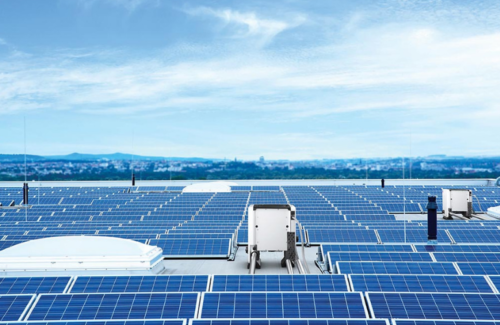
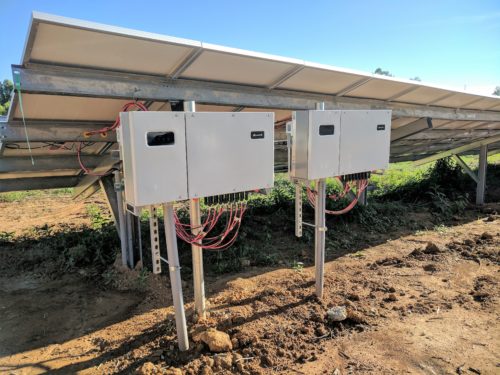
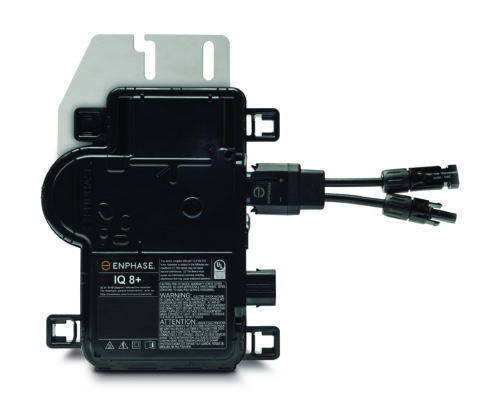
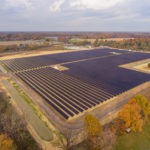





More and more electricity companies are banning Grid tie solar systems. In our case even if you set your inverter to Zero Sell back / feed in, the power company still doesn’t allow the system. Without using expensive batteries the only other solution is a GRID ASSIST inverter that allows an AC input on the Input to the inverter and then supplement the solar energy with AC/Grid power in an event where solar is insufficient or absent. This inverter can then be plugged into a wall socket and connected in line with the load,(i.e. pool pump) thus no approval from the power company is needed. Unfortunately there are not many of these GRID ASSIST inverters on the market. Can this smart inverter be programmed to act like a GRID ASSIST inverter?
The purpose of inverter is defected if it still need power from the grid
I guess it’s time for me to replace my ASi MSX-43w and Omnion 2200 inverter with a better PV array after 20+ years
We need someone to make smart microinverters now. The inverter guys are on the job, but the microinveters manufacturers are grossly late.
C’mon guys, get smart. (Hoymiles, Deye, AP Systems, Lead Solar, NEP, Darfon)